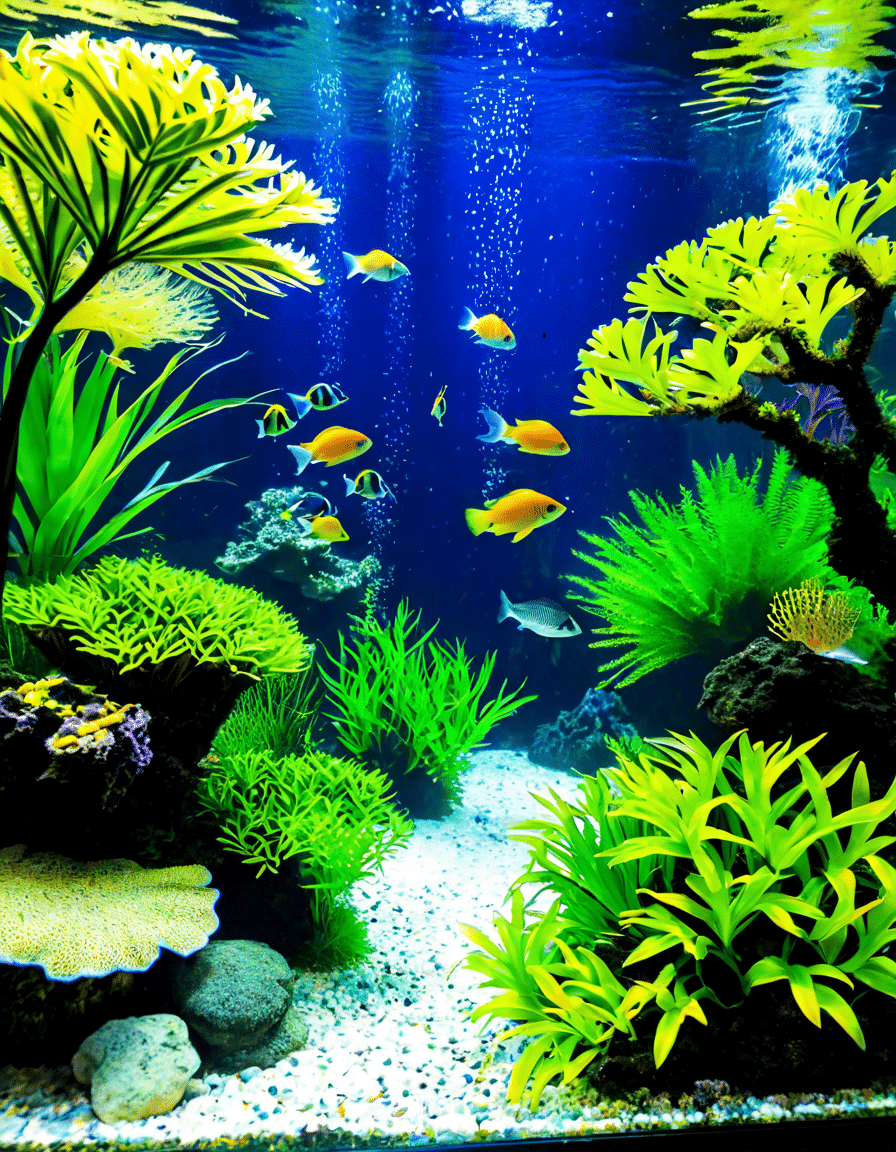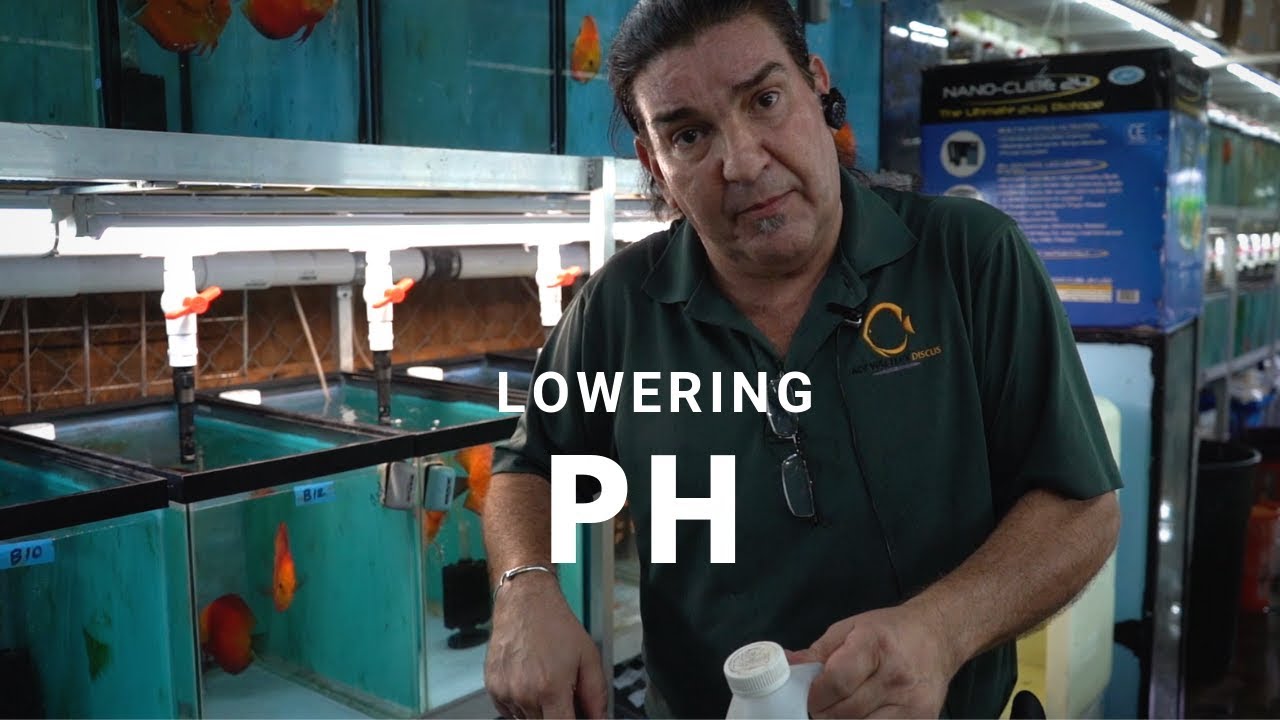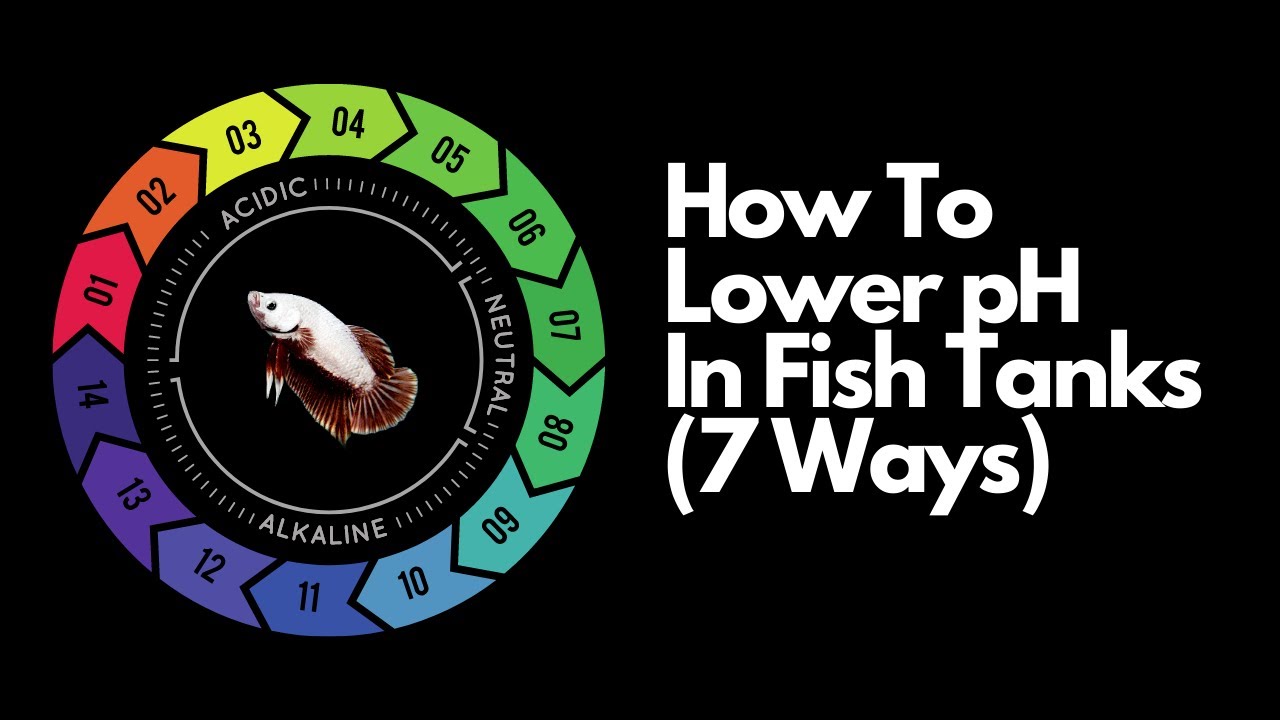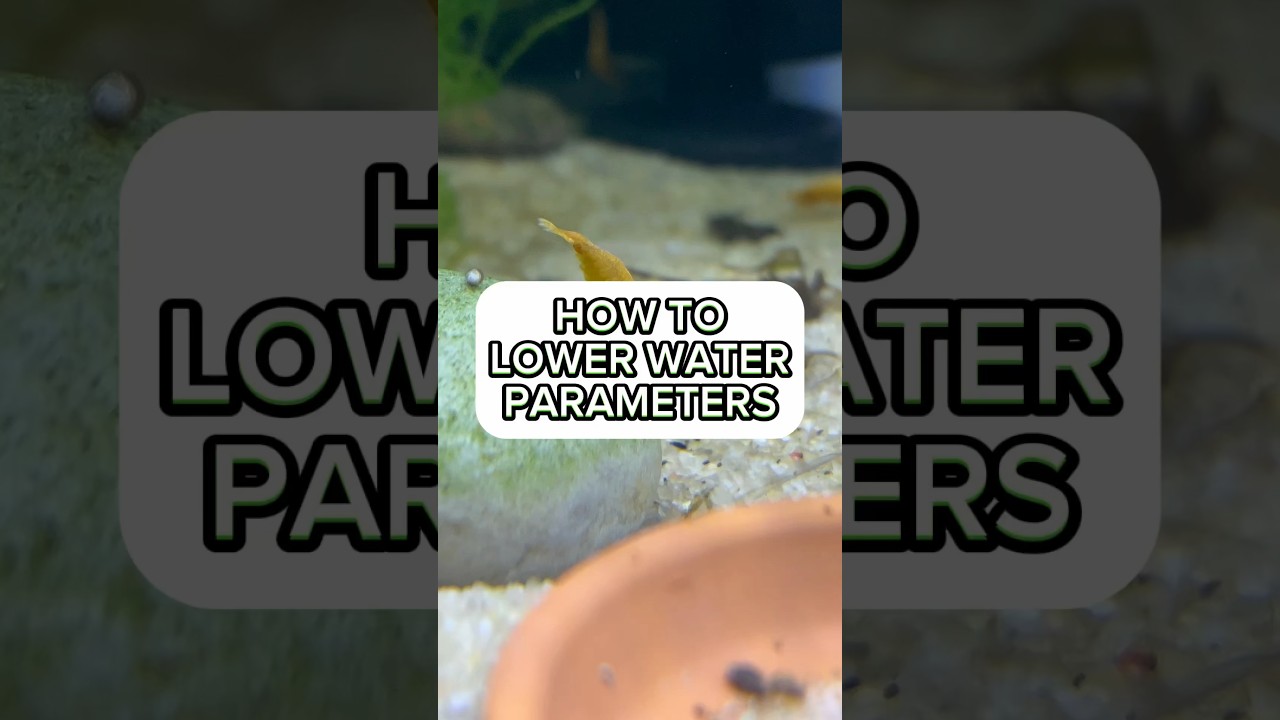Maintaining the right pH level in your freshwater aquarium is crucial for the health of your aquatic inhabitants. If you’re facing challenges with elevated pH levels, don’t worry! This guide will reveal valuable strategies on how to lower pH in your freshwater aquarium. Ensuring your fish and plants thrive in a balanced environment is key to a successful aquarium.
## How to Lower pH in Freshwater Aquarium: Discover Secrets
To effectively manage pH levels, it’s essential to understand what pH is and why it matters. The pH scale ranges from 0 to 14, with 7 being neutral. Most tropical fish prefer a pH range between 6.5 and 7.5. Keeping pH levels within this range helps reduce stress and promotes immunity, so it’s critical to monitor it regularly.
When pH levels spike high, it can lead to health issues for your fish. Fish might become lethargic or lose their vibrant colors. Additionally, high pH can cause problems for sensitive species and can contribute to indiscriminate algae growth—a real nuisance! Therefore, knowing how to lower ph in freshwater aquarium environments is essential for any aquarist.
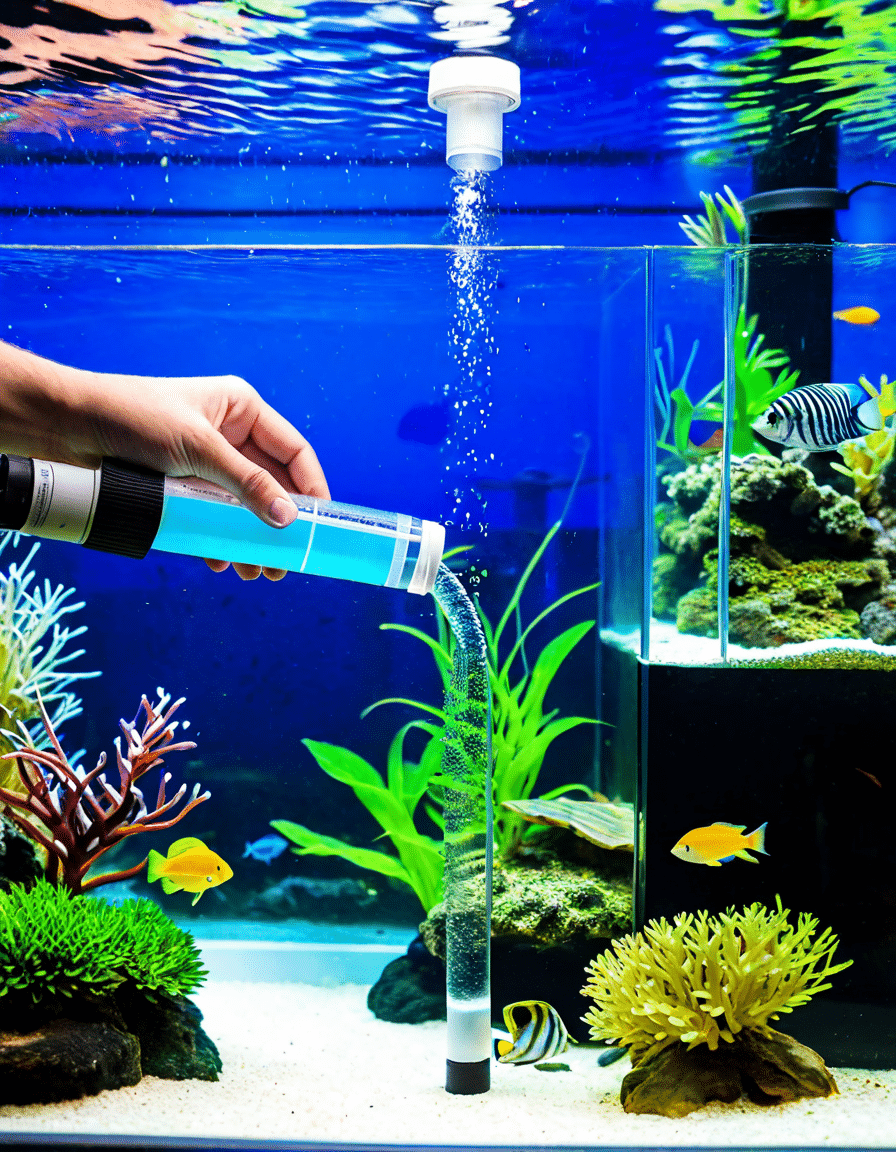
2. Top 7 Secrets to Lowering pH in Your Freshwater Aquarium
Here are seven effective methods to help you manage and lower pH levels in your tank:
2.1 Use Aquatic Plants to Naturally Lower pH Levels
Incorporating aquatic plants like java fern and anubias can work wonders to stabilize pH levels. These plants consume carbon dioxide (CO2) during photosynthesis, releasing oxygen while helping to increase acidity. Plus, they provide cover for fish, making your tank more aesthetically pleasing!
Moreover, many aquarists rave about the effectiveness of plants in creating a thriving ecosystem. If you haven’t tried live plants yet, you might want to consider making the leap.
2.2 Incorporate Driftwood and Peat Moss
Adding driftwood to your aquarium isn’t just for aesthetics; it also releases tannins into the water. Tannins naturally lower pH over time, creating a softer and more inviting environment for many species of fish. Check out collections like Aquaristik for high-quality driftwood.
Peat moss can also be a secret weapon in your arsenal. By placing it in filter bags, it releases humic acids that contribute to lowering pH. Both methods are simple but effective!
2.3 Monitor and Adjust Your Water Source
Believe it or not, your tap water could be the culprit behind high pH levels! It’s often treated with chemicals like chlorine, which can elevate pH. Regular testing using a reliable pH test kit can help you identify the right water source.
If your tap water has elevated pH, consider switching to Reverse Osmosis (RO) water. This method provides a neutral pH and can help lower levels when mixed with your existing water. It’s a game-changer for many aquarists!
2.4 Utilize pH-Lowering Products
For those seeking immediate results, commercial products like API pH Down or Seachem Acid Buffer can offer quick fixes. Just make sure you follow the instructions carefully—cheap thrills in the form of sudden pH drops could stress your fish, leading to an unhealthy tank.
These products can be incredibly effective if applied thoughtfully. Keep a close eye on your tank’s pH after using them to ensure safe levels.
2.5 Regular Water Changes
Who doesn’t love a clean tank? Frequent water changes are one of the best ways to maintain overall water quality and indirectly manage pH levels. Be sure to use dechlorinated water to avoid introducing new, elevated pH levels into your aquarium.
Check the pH both before and after your water changes to monitor how these adjustments affect your tank. You’ll quickly learn the patterns, helping you maintain balance effortlessly.
2.6 Adjusting the Aquarium’s Bioload
A high bioload, resulting from excess organic waste and uneaten food, can contribute to rising ammonia and nitrate levels, which indirectly affect pH. To mitigate this, practice good feeding habits and cleaning routines.
Regularly vacuum the substrate using efficient systems like Eheim’s Quick Vac to keep everything in check. A clean tank equates to a happy tank!
2.7 Adding Acid Buffers
If you’re leaning towards chemical solutions, consider acid buffers that are specifically engineered to stabilize pH levels without causing drastic changes. Tropica Aquarium Soil not only effectively lowers pH but also offers essential nutrients for plant growth, marrying aesthetics with functionality in your aquarium.
By keeping things stable, you help ensure that your fish and plants thrive together!
3. Understanding the Nexus: How to Lower Nitrate and Ammonia Levels
While focusing on how to lower pH is essential, managing ammonia and nitrate levels is tightly interconnected. High nitrate levels can also shift pH levels. Here’s how you can tackle these pesky compounds:
Taming these levels will not only stabilize pH but also help create a better overall habitat for your aquatic life.
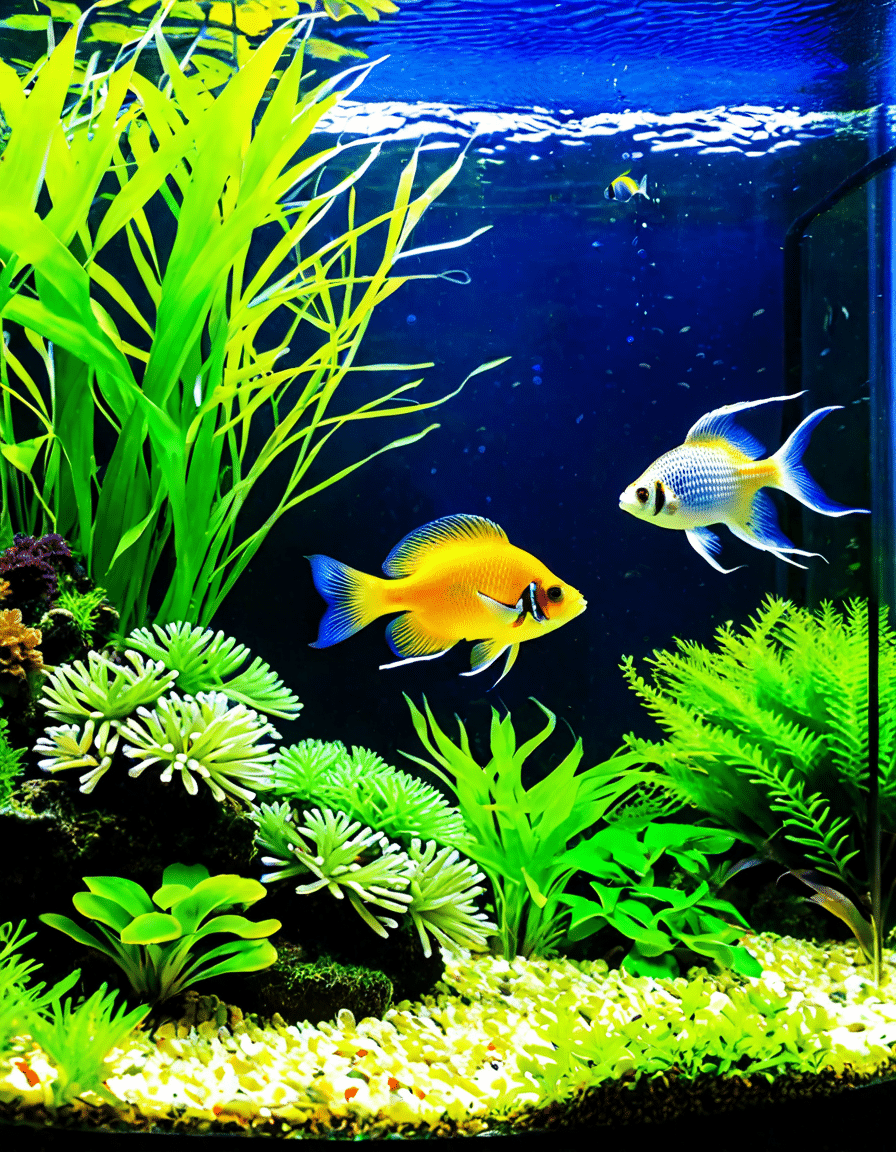
4. Innovative Techniques for Maintaining Aquarium Health
Aquarium enthusiasts are always on the lookout for new methods to sustain the health of their creatures. From biotope setups that mimic natural habitats to CO2 injection systems for plant growth, staying informed can greatly enhance your aquarium experience.
In the past years, we’ve seen advances crossing boundaries, even into tech—like automated feeding devices and smart-water-testing gadgets. Keeping abreast of these changes can offer immense benefits as you continue your journey as an aquarist.
A Thriving Aquarium Awaits
Lowering pH in your freshwater aquarium involves more than just quick fixes; it requires understanding your tank’s unique biology and implementing diverse techniques. By integrating natural elements such as plants and driftwood with smart maintenance practices, you invite a more balanced environment that not only stabilizes pH but significantly improves the health of your aquatic life.
With the right tools and knowledge, you ensure your aquarium thrives, allowing you and your fish to enjoy many vibrant and colorful years together. Make your aquarium a stunning masterpiece that both you and your aquatic friends can cherish for years to come!
If you’re keen on sensational aquatic experiences, check out this waitress 2025 Showtimes and who knows, maybe some incredible insights on taco fish la Paz could further enrich your aquatic enthusiasm! As you embark on this journey, remember, the world of pet care is vast, and every nugget of knowledge helps you create that perfect oasis for your fish.
How to Lower pH in Freshwater Aquarium: Fun Trivia and Interesting Facts
Understanding pH Changes
Lowering the pH in your freshwater aquarium can be a bit of a science experiment! Naturally, most fish thrive in a pH range of 6.5 to 7.5. But why does it matter? Fish, like all creatures, have their ideal living conditions. Just as dogs can develop problems from red blotches on their bellies if their health isn’t cared for, fish can suffer stress and illness without the right pH levels. If you find a spike in your tank’s pH, quick action can make all the difference!
Natural Methods to Lower pH
Did you know that driftwood and certain plants, like Indian almond leaves, can help lower your aquarium’s pH naturally? They release tannins, which create an environment fish adore. Plus, adding specific substrates can create a habitat that encourages stable pH levels. On that note, ever heard of Redtick Hounds? They’re known for hunting, but much like choosing the right pet breed, knowing your fish species will help you pick the right method for your tank.
Quick Tips and Tricks
To drop that pH, you can also introduce products like peat moss or use reverse osmosis water. Not only do these tricks help balance the water chemistry, they’re incredibly easy to implement! In fact, a lot of dog owners, when questioning if their male dogs get in heat, can relate to ensuring the right conditions for a healthy life. Just like with pets, a few adjustments can create a thriving aquarium! Remember, always test your water regularly. Consistently monitoring levels can steady your fish’s habitat and prevent setbacks. After all, while creating a cozy home for your fish might seem trivial, it can save you a lot of headaches down the line.
Overall, navigating how to lower pH in a freshwater aquarium requires attention and care, but you’re not alone! With the right approach and knowledge, you can create a fantastic aquatic environment. Just like Bill Hudson, who pursued various paths in music, you too will find the way that works best for your aquatic friends. So, get ready to enjoy a spectacular underwater world!
